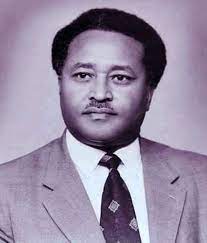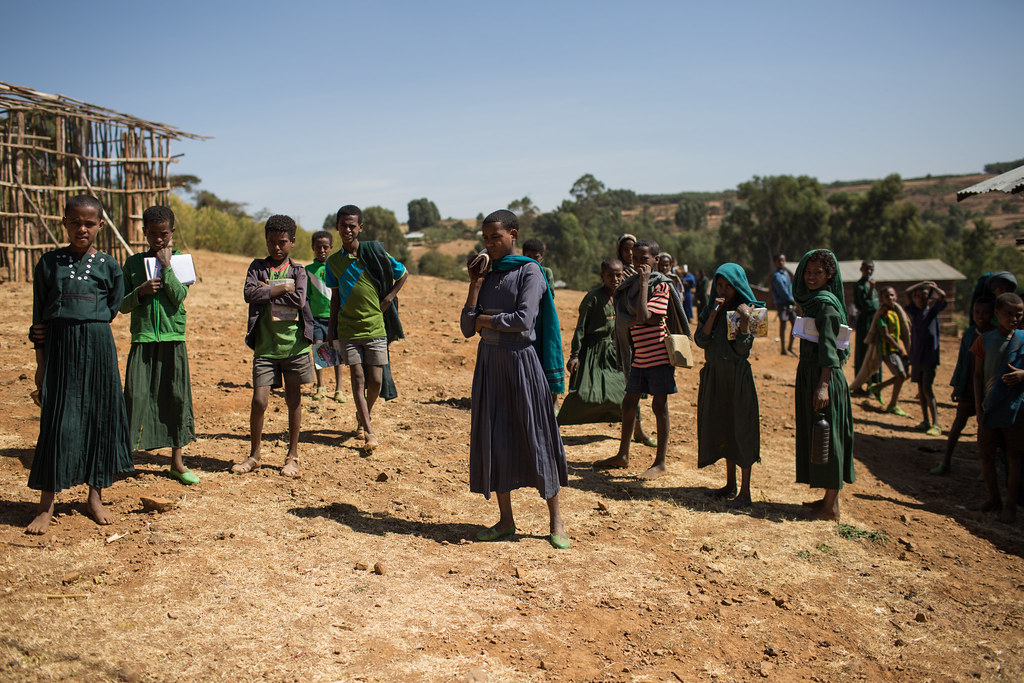01. AMHARA PEOPLE
Amhara are a Semitic ethnic group indigenous to Ethiopia, traditionally inhabiting parts of the northwest Highlands of Ethiopia, particularly in the Amhara Region. According to the 2007 national census, Amharas numbered 19,867,817 individuals, comprising 26.9% of Ethiopia’s population, and they are mostly Orthodox Christian (members of the Ethiopian Orthodox Church) and Muslim (Sunni). They speak Amharic, an Afro-Asiatic language of the Semitic branch which serves as one of the five official languages of Ethiopia. As of 2018, Amharic has over 32 million native speakers and 25 million second language speakers.
02. AMHARA ORIGINS
The earliest existence of the Amhara as a people, dates to the early 12th century in the middle of the Zagwe Dynasty, when the Amhara were recorded of being in conflict in the ‘‘land of Wargih’’ against the Wärjih in 1128 AD. A non-contemporary 13th or 14th century hagiographical source from Saint Tekle Haymanot traces Amhara even further back to the mid 9th century AD as a location.
03. AMHARA-THE NAME
The present name for the Amharic language and its speakers comes from the medieval province of Amhara. The latter enclave was located around Lake Tana at the headwaters of the Blue Nile and included a slightly larger area than Ethiopia’s present-day Amhara Region. The further derivation of the name is debated. Popular etymology traces it to amari (“pleasing; beautiful; gracious”) or mehare (“gracious”). Another popular etymology claims that it derives from Ge’ez ዐም (ʿam, “people”) and ሐራ (ḥara, “free” or “soldier”) although this has been dismissed by Donald Levine. Getachew Mekonnen Hasen traces it to an ethnic name related to the Himyarites of ancient Yemen.
04. AMHARA TERRITORY- GEOGRAPHY
The province of “Amhara” was historically located in the modern province of Wollo (Bete Amhara), in the modern sense however the region now known as Amhara in the feudal era was composed of several provinces with greater or less autonomy, which included Gondar, Gojjam, Wollo, Lasta, Shewa, Semien, Angot, and Fetegar. The traditional homeland of the Amharas is the central highland plateau of Ethiopia. For over two thousand years they have inhabited this region. Walled by high mountains and cleaved by great gorges, the ancient realm of Abyssinia has been relatively isolated from the influences of the rest of the world.
05. HISTORY-SOLOMONIC DYNASTY
Yekuno Amlak, a prince from Bete Amhara (lit: House of Amhara) claimed descent from Solomon and established the Solomonic Dynasty in 1270 AD. Yekuno’s rule was legitimatized by the Ethiopian Church, after he defeated the last ruler of the Zagwe dynasty at the Battle of Ansata. The Solomonic dynasty governed the Ethiopian Empire for many centuries from 1270 AD onwards up until the deposing of Haile Selassie in 1974. The Amhara continuously ruled and formed the political core of the Ethiopian Empire, establishing several medieval royal sites and capitals such as Tegulet, Debre Berhan, Barara (located on Mount Entoto, in modern-day Addis Ababa), Gonder, and Magdala.
06. AMHARIC LANGUAGE & LITERATURE
Surviving Amharic literary works dates to the 14th century when songs and poems were composed. In the 17th century Amharic became the first African language to be translated into Latin when Ethiopian priest and lexicographer Abba Gorgoryos (1595–1658) in 1652 AD made a European voyage to Thuringia in Germany. Gorgoryos along with his colleague and friend Hiob Ludolf co-authored the earliest grammar book of the Amharic language, an Amharic-Latin dictionary and as well as contributing to Ludolf’s book “A History of Ethiopia”. Modern literature in Amharic hoewever started two centuries later than in Europe, with the Amharic fiction Novel Ləbb Wälläd Tarik, published in Rome in 1908, widely considered the first novel in Amharic, by Afäwarq Gäbrä Iyäsus. Since then, countless of literature in Amharic has been published and many modern-day writers in Amharic translate their work also in English for commercial considerations.


“This is the lesson: never give in, never give in, never, never, never, never — in nothing, great or small, large or petty — never give in except to convictions of honor and good sense. Never yield to force; never yield to the apparently overwhelming might of the enemy.” Winston Churchill
We are masters of our destiny. Our back is against the wall. We will fight with grit and determination. Our survival depends on our struggle, there is no another way.
